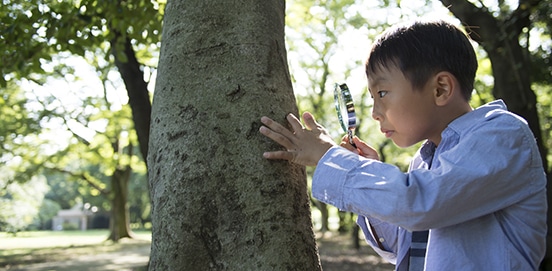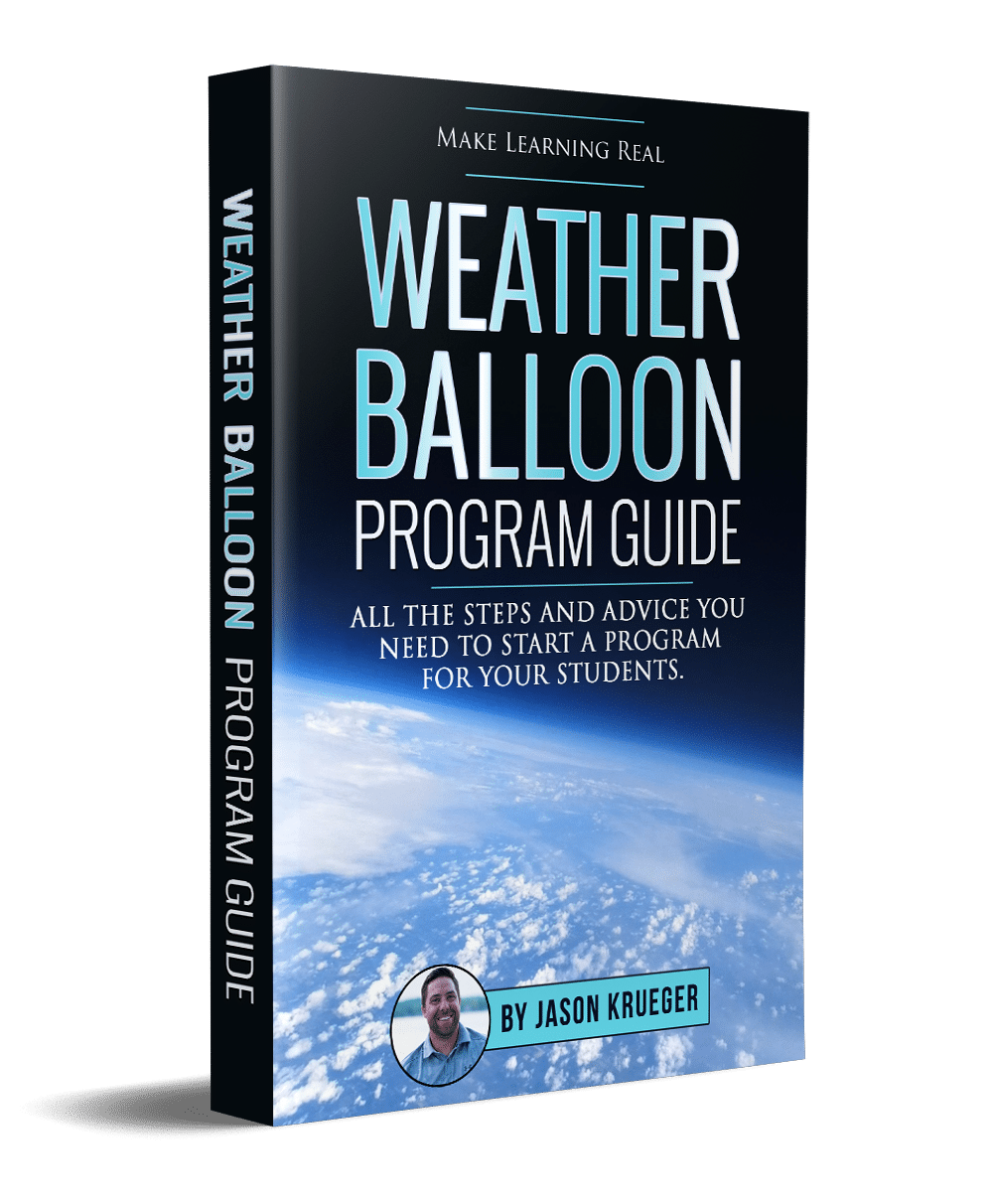Becoming a STEM teacher is not an easy process. It take dedication, research, and actually wanting to help your students grow through STEM education. The goal here is to evolve with your students. Students change the way they think, engage, and react almost every year. Just when you think you have nailed down their learning characteristics… THINK AGAIN! These cookies are smarter than you may think. Stay up to date and try to convince your students you understand the lastest trends. The following project layout will put you on the right path to becoming a STEM teacher:
WARNING: Now don’t think that this is the only blog you need to read to be a “Golden Apple Teacher”. Take what you learn here and continue to build your STEM teaching skills.
Becoming a STEM Teacher: Creativity, Critical thinking, Collaboration and Communication
Propose A Problem
Listen To Your Students
Inform Them
Present The Project -Set high expectations -Transfer responsibility to the students
Guide Them
Discussion
Recap the problem. State again the goals/tools that were given to complete the project. Next, discuss the failures and successes your students experienced. Ask if the projects had any holes in the instructions or how it could have been improved. Sometimes a round table works best.
If you have more question on project based learning or would like to nominate your Golden Apple Teacher, let us know. Implement one of StratoStar’s weather balloon projects at your school!



